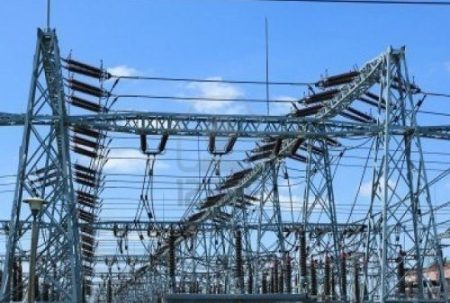Dr. Olufemi Akinsola, a Chief Lecturer at the Department of Building Technology at Yaba College of Technology, recently highlighted the alarming state of the Nigeria Social Insurance Trust Fund (NSITF) abandoned building located in Okokomaiko, Lagos. The building, originally conceived in 1979 with a value of N50 billion, now requires an eye-watering N2.03 trillion for revival. During an inaugural lecture in his honor, Akinsola questioned the Federal Government’s ability to fulfill such a significant financial commitment, particularly when it has struggled to address even the initial valuation. The enormity of the costs raises concerns about the future of the building, prompting speculation about possible demolition, sale, or continued neglect.
Akinsola pointed out the disconcerting reality that the NSITF building has remained abandoned for decades, leading to rampant criminal activities in the vicinity. Currently, the structure serves as a haven for armed robbers, kidnappers, and prostitutes, creating a sense of insecurity in the area. He emphasized that the situation cannot be allowed to persist. To arrive at the staggering estimate of N2.03 trillion necessary for refurbishment, Akinsola engaged estate surveyors and valuers to reassess the original valuation in light of current economic conditions. This inflationary calculation revealed the dramatic increase in costs over the past four decades.
The chief lecturer expressed grave concerns over what he described as a “culture of waste” prevalent in Nigeria, which has directly affected the condition of properties and infrastructure. The NSITF building, despite its initial significant valuation, has fallen into neglect over the years. Akinsola noted that the idle structure, which occupies approximately two acres of land and consists of over 18 floors, has become synonymous with deterioration and urban decay. The neglect reflects not only on the physical structure but also highlights broader societal issues surrounding property management and urban planning in Nigeria.
The project’s prolonged inactivity has prompted the National Assembly to investigate the circumstances surrounding the abandonment of the NSITF building. There is a growing awareness that such derelict structures contribute to urban blight and pose safety risks to the community. Akinsola’s claims of rampant criminal activity in and around the building underscore urgent calls for action to either rehabilitate or demolish these abandoned properties, which tarnish the urban landscape and compromise public safety.
In his lecture, Akinsola urged the government to reconsider its priorities and assess the feasibility of reviving such projects in light of their historical value and potential contribution to urban development. However, with costs escalating beyond previous estimates, he highlighted a crucial question: If the government cannot manage a N50 billion investment, how can it tackle a staggering N2.03 trillion? This dilemma reveals the stark realities of fiscal constraints in Nigeria and the often-lamented issue of misallocated resources, leaving critical infrastructure projects in limbo.
As the discussion around the NSITF building unfolds, it raises a broader discourse on the management and preservation of urban architecture, the need for accountability in government projects, and the effectiveness of current policies. Akinsola’s assertions serve as a wake-up call for stakeholders to engage in meaningful dialogue about addressing the issues of abandoned projects, prioritizing urban safety, and reimagining strategies for sustainable development. The fate of the NSITF building is emblematic of wider challenges faced by Nigeria in terms of infrastructure development and urban health, marking an urgent call for action amongst policymakers and the community alike.














